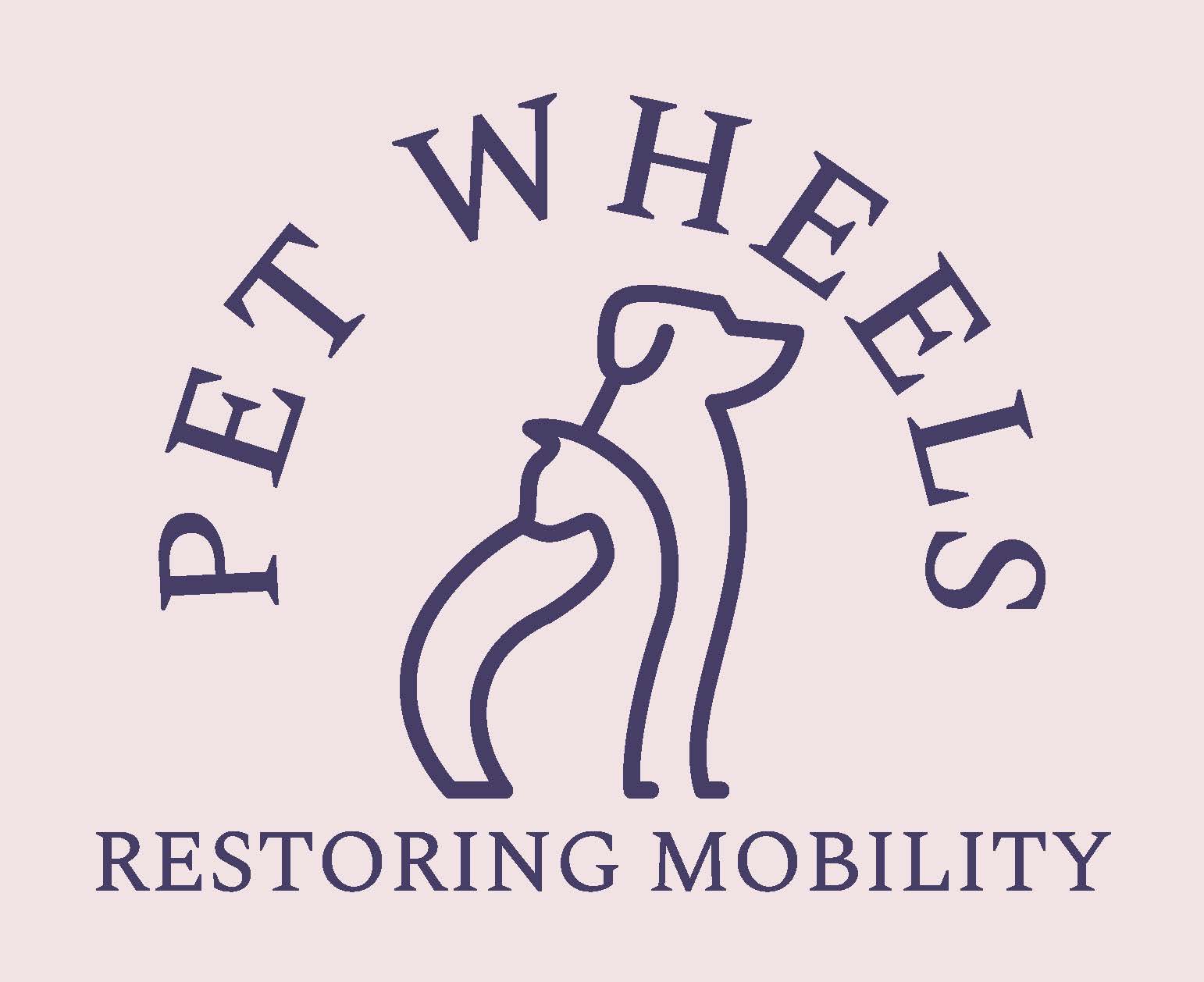Introduction:
When it comes to caring for our furry companions, dogs with paralysis require extra attention, care, and understanding. Whether due to injury, illness, or a congenital condition, paralysis can be a challenging obstacle for both the dog and their human family. However, with the right approach, it is possible to provide a high quality of life and ensure the well-being of a paralyzed dog. In this blog, we will explore various aspects of caring for paralyzed dogs, including their physical and emotional needs, mobility aids, rehabilitation exercises, and the importance of creating a safe and supportive environment.
Understanding the Physical and Emotional Needs of Paralyzed Dogs:
Paralyzed dogs have unique physical and emotional needs that should be addressed to enhance their quality of life. Regular veterinary check-ups are essential to monitor their overall health, manage pain, and address any potential complications. Additionally, maintaining a healthy diet, appropriate grooming, and bladder and bowel management are crucial aspects of caring for paralyzed dogs.
Emotionally, paralyzed dogs may experience frustration, anxiety, or depression. Providing a loving and supportive environment, social interaction, mental stimulation, and engaging in activities that they enjoy can help alleviate these emotional challenges.
Mobility Aids for Paralyzed Dogs:
Mobility aids play a significant role in assisting paralyzed dogs to move around and maintain their independence. Wheelchairs, also known as dog carts or mobility carts, are specifically designed to support the hindquarters while allowing the front legs to move freely. These carts provide stability and enable dogs to engage in activities such as walking, running, and playing. It is essential to consult with a veterinarian or a professional in canine mobility aids to ensure the proper fit and functionality of the wheelchair.
Rehabilitation Exercises for Paralyzed Dogs:
Physical rehabilitation is vital for paralyzed dogs to maintain muscle tone, flexibility, and prevent secondary health issues such as muscle atrophy and joint stiffness. Working with a certified canine rehabilitation therapist or a veterinarian, a tailored exercise program can be developed. This may include passive range-of-motion exercises, hydrotherapy, massage, and acupuncture, among other techniques. Regular exercise not only helps maintain physical health but also provides mental stimulation and improves the overall well-being of the dog.
Creating a Safe and Supportive Environment:
Modifying the living environment is crucial to ensuring the safety and comfort of a paralyzed dog. Here are some considerations to keep in mind:
a. Providing non-slip surfaces: Use rugs or mats to create traction on slippery floors, preventing accidents and injuries.
b. Installing ramps: Build or purchase ramps to allow easy access to elevated areas, such as beds or sofas, to prevent strain on the dog’s limbs.
c. Using harnesses and slings: Supportive harnesses and slings can assist in lifting and supporting a paralyzed dog during activities like going up stairs or getting in and out of a car.
d. Implementing regular turning and repositioning: Frequent turning and repositioning help prevent pressure sores and promote circulation.
Seeking Support and Resources:
Caring for a paralyzed dog can be emotionally and physically demanding. Seek support from veterinarians, veterinary physical therapists, and online communities of pet owners who have experience in caring for paralyzed dogs. These resources can provide valuable advice, guidance, and emotional support during the journey.
Conclusion:
Caring for a paralyzed dog requires patience, dedication, and a deep commitment to providing them with a fulfilling life. By understanding their unique needs, utilizing mobility aids, engaging in regular rehabilitation exercises, and creating a safe environment, we can ensure that paralyzed dogs receive the love, care, and support they deserve. Remember, every small effort we make contributes to their happiness, comfort, and well-being, allowing them to thrive.



